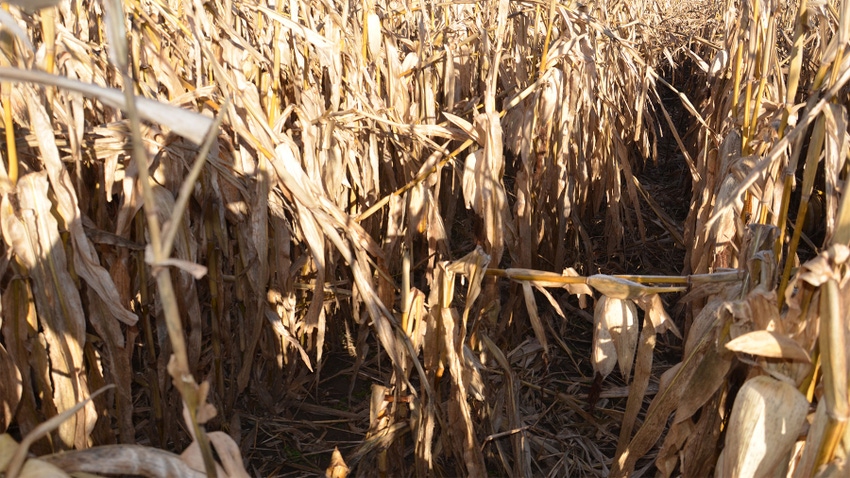
Word in many localities is that corn tended to dry down slower this fall. That means higher moisture levels if you harvest, and more time spent drying corn. The natural temptation is to leave it in the field. If you still have corn in the field today, how much more help can you expect from Mother Nature?
“Based on history, the answer would be little to no additional help now,” says Dave Nanda, director of genetics for Seed Genetics Direct. “Once the calendar hits November in most years, corn doesn’t dry down much more in the field. On the other hand, the risk for windstorms and snow that could lead to harvest loss increases. My inclination would be to wrap up harvest as soon as possible.”
What experts say about drydown
Nanda isn’t the only one who has reached this conclusion. Here’s a brief look at opinions from several corn specialists across the Midwest:
Ohio State. Peter Thomison, longtime Ohio State University Extension corn specialist, now retired, penned an article in 2019 after very late planting pushed back corn maturity.
“Once corn achieves physiological maturity, it will normally dry approximately 0.75% to 1% per day during favorable drying weather (sunny and breezy) during the early warmer part of the harvest season from mid‑September through late September,” he wrote. “By early to mid‑October, drydown rates will usually drop to 0.5% to 0.75% per day. By late October to early November, field drydown rates will usually drop to 0.25% to 0.5% per day, and by mid-November, probably zero to 0.25% per day. By late November, drying rates will be negligible.”
Iowa State. Corn matured slowly in 2017, somewhat like this year. Mark Licht, Iowa State University Extension specialist, advised farmers what to expect in this article: “The rule of thumb has been that corn dries at a rate of 0.5% to 1% per day in September, and 0.25% to 0.5% per day in October, with almost no drying occurring in November. Of course, these rules of thumb can change with favorable or unfavorable weather conditions.”
More recently, Iowa State University developed a corn drydown calculator. Pull up the site and map, select anywhere shown across the Midwest, and in seconds, you see a graph showing drydown rates to expect through the rest of fall.
Purdue. Bob Nielsen, Purdue Extension corn specialist, now retired, laid out how corn kernels lose moisture, and noted they lose it less rapidly after a certain point, in this 2018 article: “Grain moisture loss in the field occurs at a fairly linear rate within a range of grain moisture content from about 40% down to 15% to 20%, and then tapers off to little or no additional moisture loss after that,” Nielsen wrote. “The exact rate of field drying varies among hybrids and years.”
He added a cautionary note. Average drydown rates are just that — averages. “It is not uncommon for grain moisture to decline more than 1 percentage point per day over a period of days when conditions are warm, sunny, windy and dry,” he wrote. “In contrast, there may be zero drydown of grain on cool, cloudy, rainy days.”
Read more about:
Dry DownAbout the Author(s)
You May Also Like




